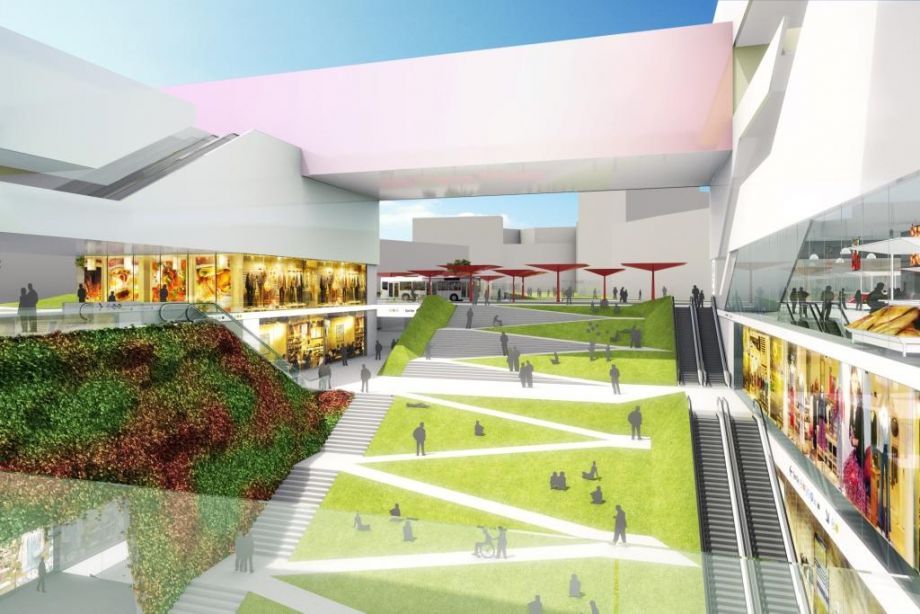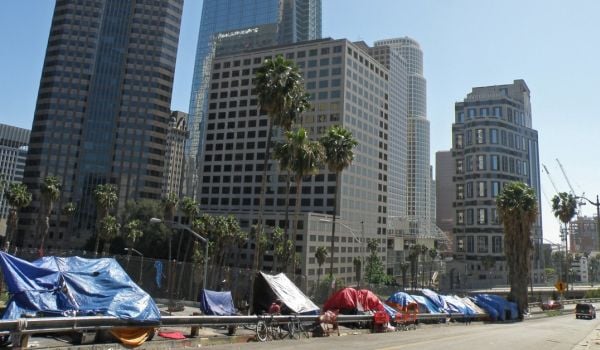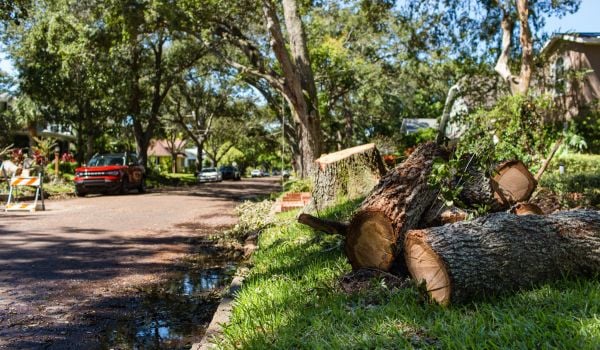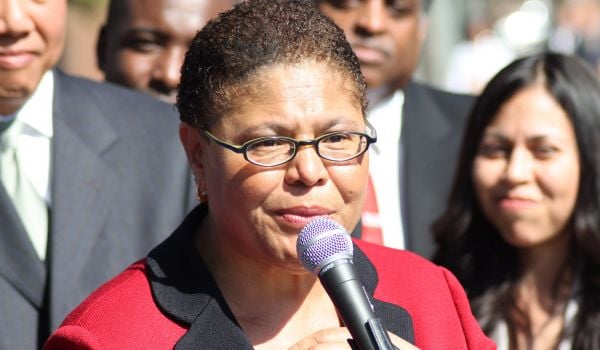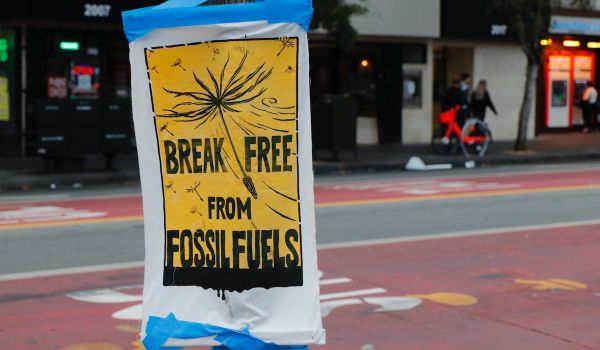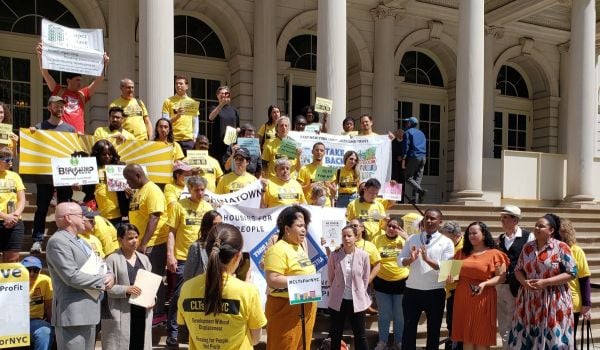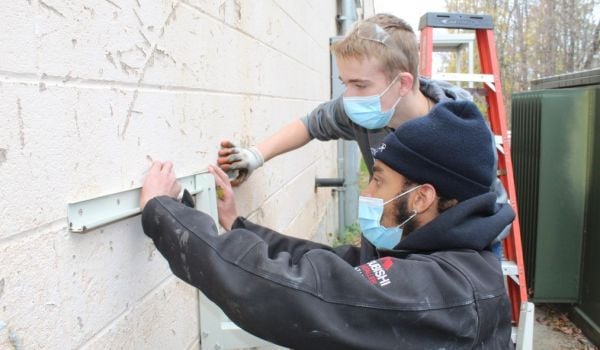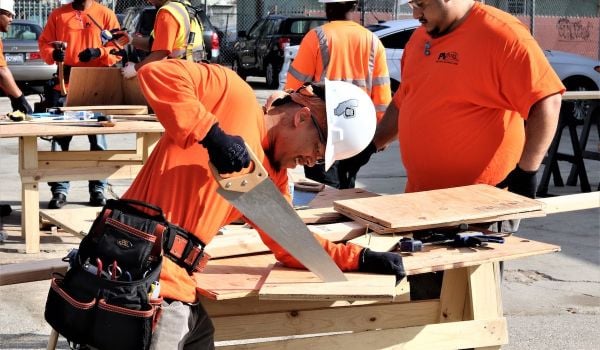One paradox of subway systems is that while the whole point of putting the trains underground is to keep them from disrupting the city around them, it is vitally important to make their stations as obvious as possible, clearly in public view. Meanwhile, despite sitting in the heart of urban environments, subways are often inconvenient, too often lacking stores and gathering places that are essential to making them fully useful elements of the public sphere.
Last week, Paris’ transit authority, RATP, opened an exhibition at the city’s Trocadéro architecture museum in which it provides some examples for how those oppositions might be conquered. The small space lays out proposals from three architecture firms for a potential future subway stop called “Osmose” that would sit at the confluence between two as of now unplanned Métro lines. The concepts are intriguing, worth a glimpse for planners and designers considering how to best incorporate new transit stations into the urban fabric.
There’s a reason for Paris’ interest in exploring how to build new subway stations. The French capital region is likely to undergo one of the world’s largest regeneration schemes over the next decade as the government invests tens of billions of euros in a massive circumferential metro that will form the core of the Grand Paris program, one of President Nicholas Sarkozy’s primary initiatives.
RATP will likely eventually be charged with building and operating more than forty new stations in the Paris suburbs, according to current plans. Around each of those stops, the government proposes to use eminent domain to gather property and produce new, denser neighborhoods. It’s a rare opportunity for the RATP to consider how to build better stations and connect them to their environs. For American cities now also investing in underground transit, the French experience could prove to be a useful demonstration of what is possible.
The three proposals currently on display are fantastical designs, but they share a common goal: making the station the center of whatever new neighborhood it serves. Périphériques Architectes demonstrates how the station area can become a place of multimodal interchange, with bikes, cars, buses, and subways all within close distance of one another. “By multiplying the possibilities of use,” the architects write, “the station becomes a catalyzer of exchanges and a social condenser.”
Most interesting is the proposal from Foreign Office Architects, shown in the image above. Rather than hiding trains deep below the surface, forcing riders to make their way down often gloomy stairways, the group suggests opening up the train tracks to the fresh air. A grand promenade of outdoor steps is the setting: “The public space descends directly towards the platforms,” the architects suggest. “Wide, safe, and airy, the platforms are visible from the street to insure an optimal visibility,” the architects write in their text. “The rider can observe the mobility and the effervescence of the station and the neighborhood.”
Indeed, by literally bringing the street level down to the subway, it ceases to feel isolated, even though the subway line between stations is of course hidden from sight. In some ways, this concept strikes an ideal balance between opening the station to the wider public and ensuring that the tracks are underground — necessary to keep trains running at high speeds between urban destinations.
With a number of subway lines being planned or even already under construction in the U.S., we could use a similar infusion of fresh thinking about how our mass transit systems should look and feel. While New York’s Second Avenue line is probably too far advanced and in too dense a setting for the building of stations coming anywhere close to resembling the Foreign Office Architects proposal, other projects could incorporate the ideas rather well. Los Angeles has plenty of time before it begins construction on its subway out to the west side of the city.
If we are planning to encourage a switch to more sustainable transportation systems, we have an obligation to develop transit networks that are convenient and aesthetically pleasing. Though this Parisian exposition was only a set of hypothetical concepts, it could be the first step in a broader discussion about how to make our subways more interesting places to be.

Yonah Freemark is a senior research associate in the Metropolitan Housing and Communities Policy Center at the Urban Institute, where he is the research director of the Land Use Lab at Urban. His research focuses on the intersection of land use, affordable housing, transportation, and governance.

